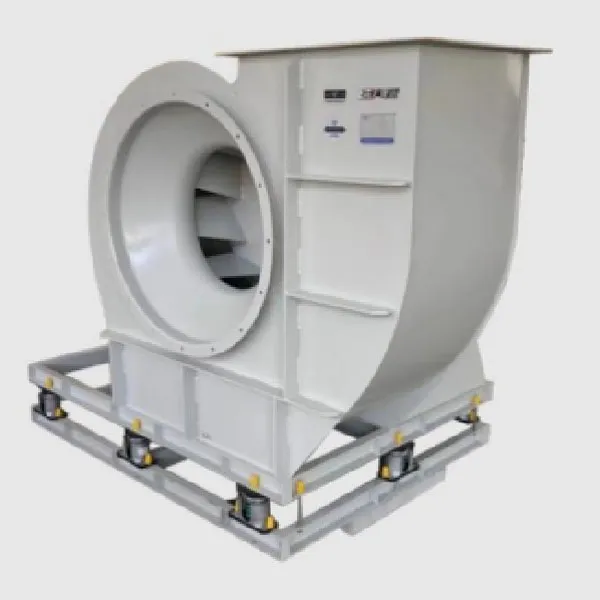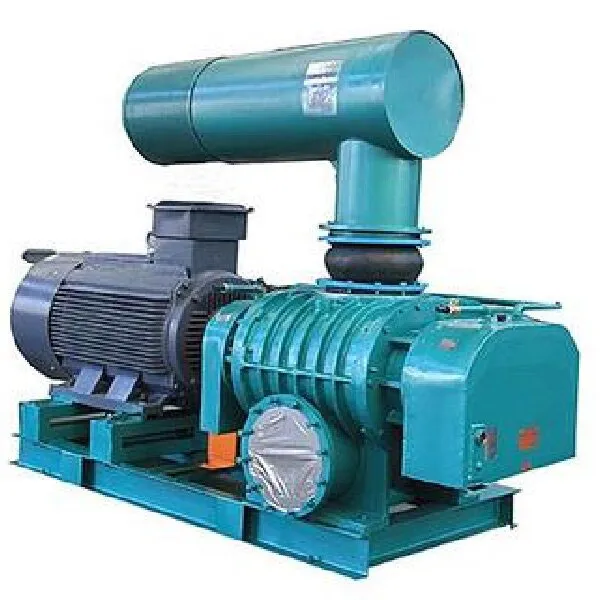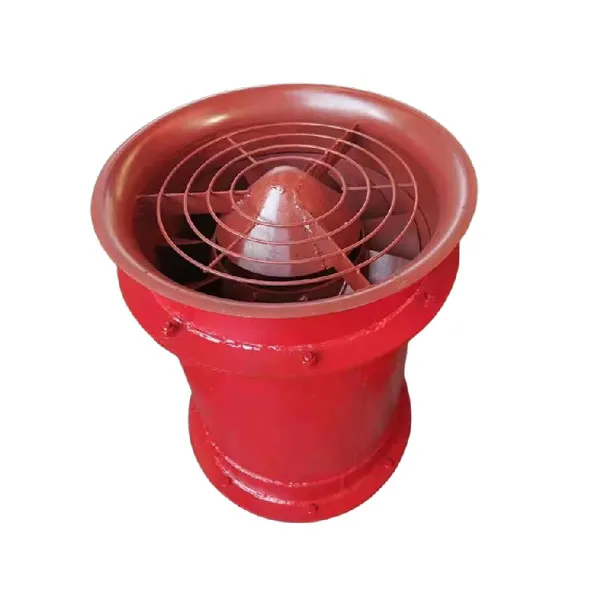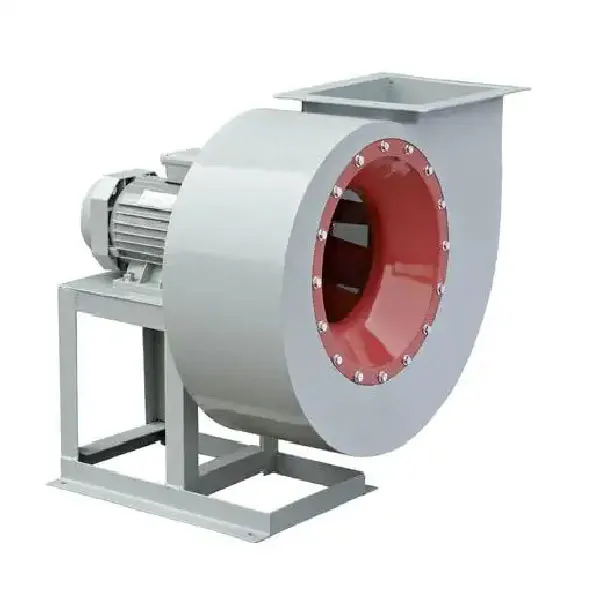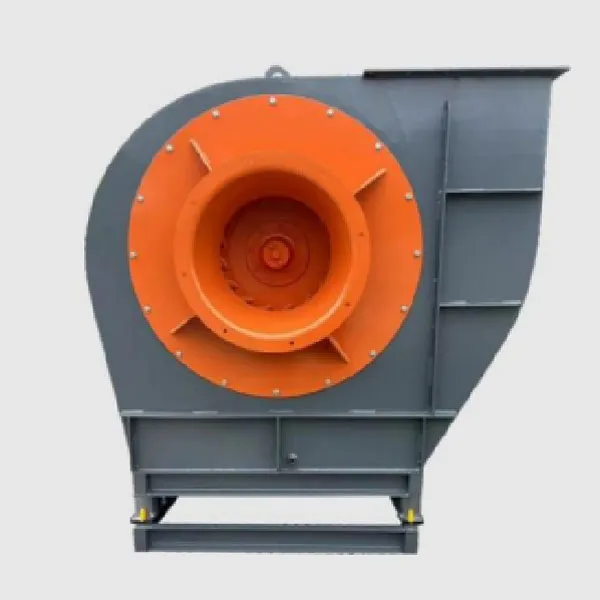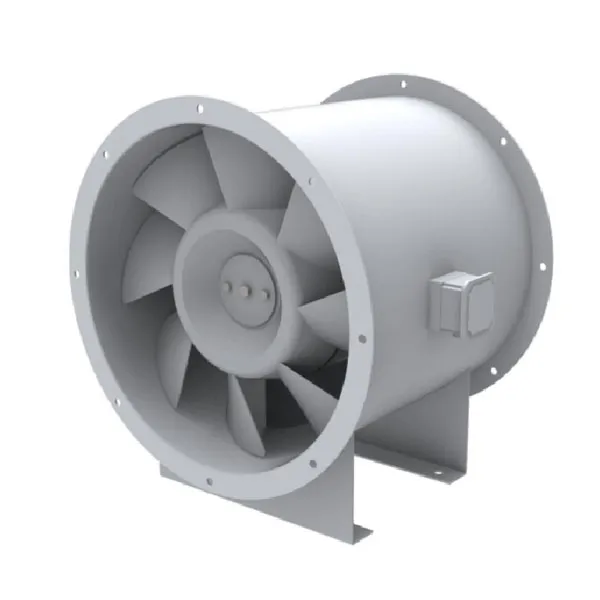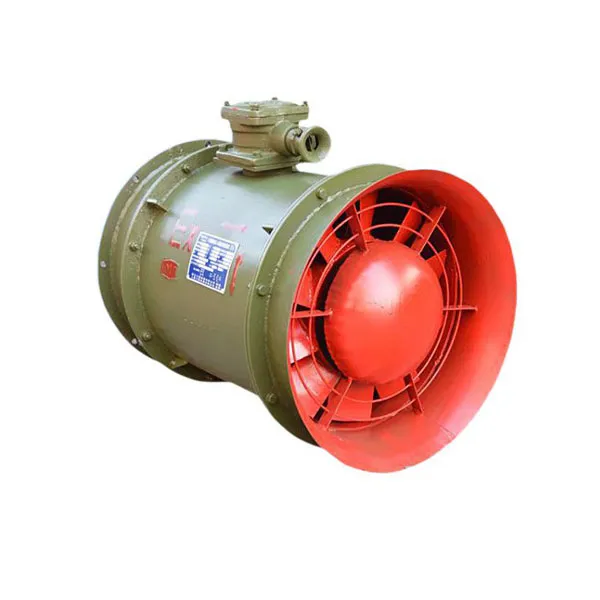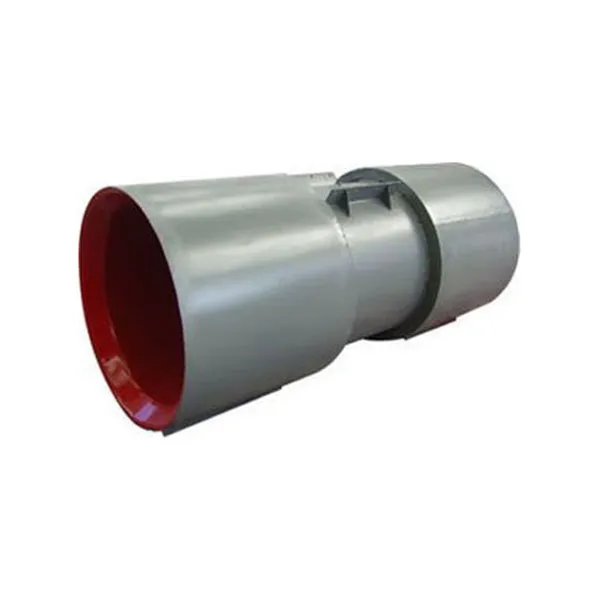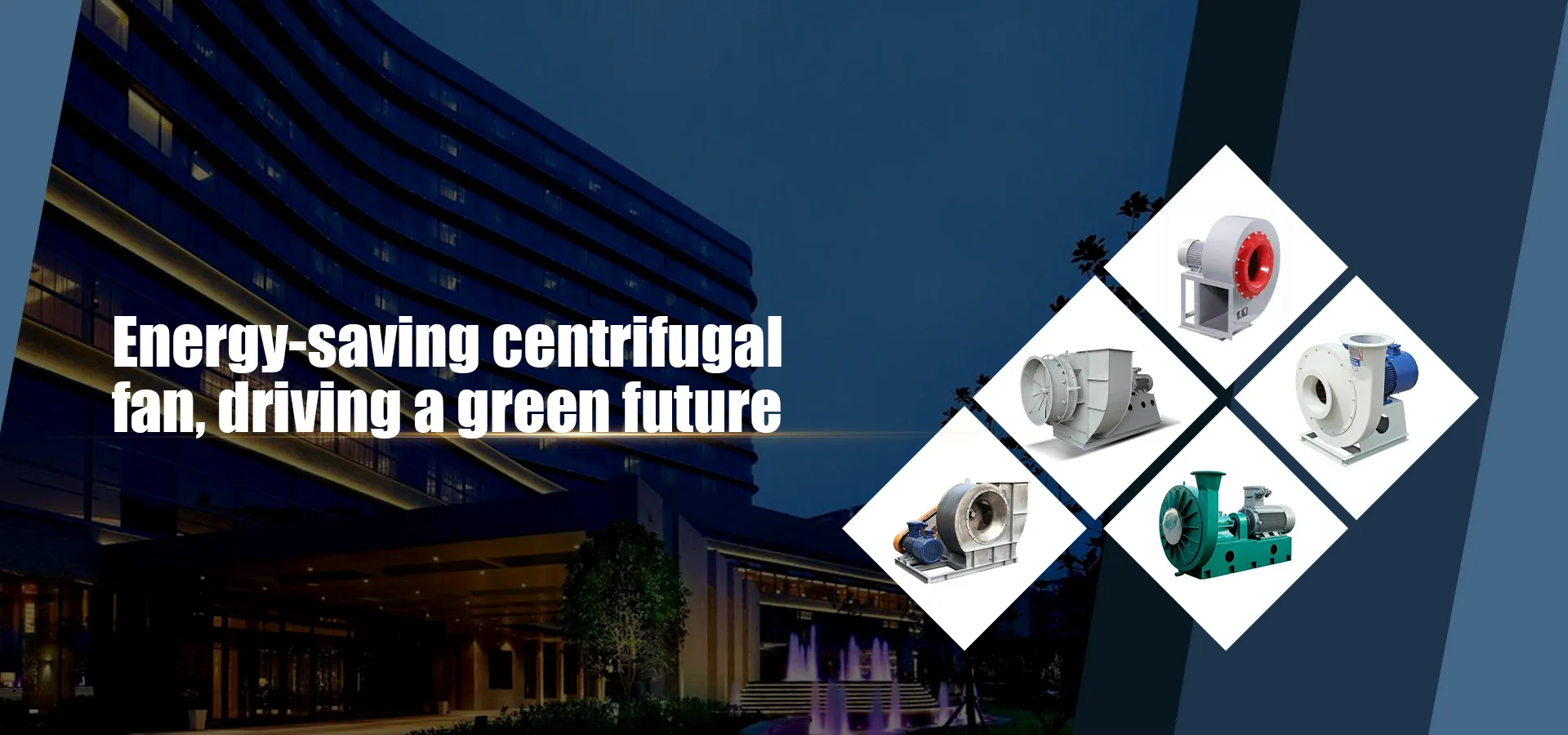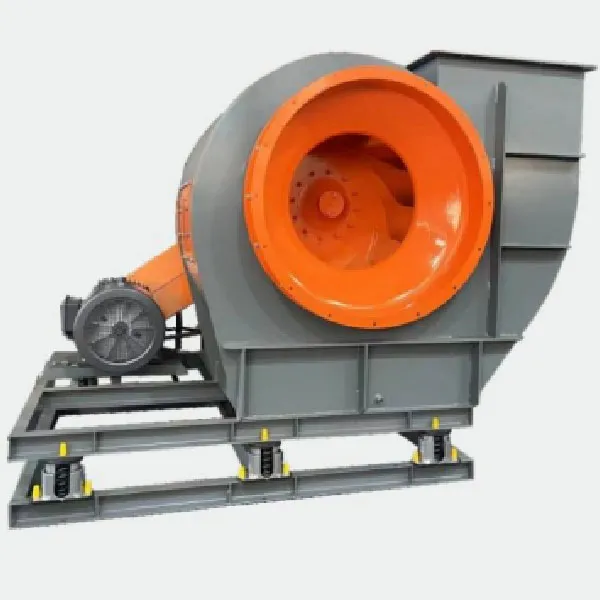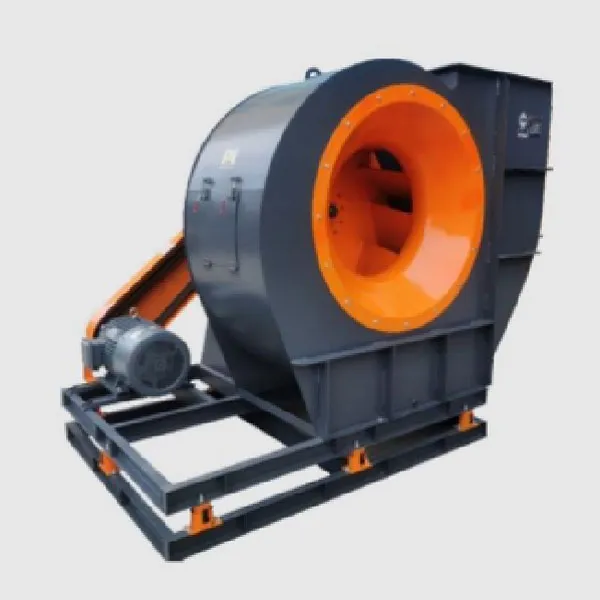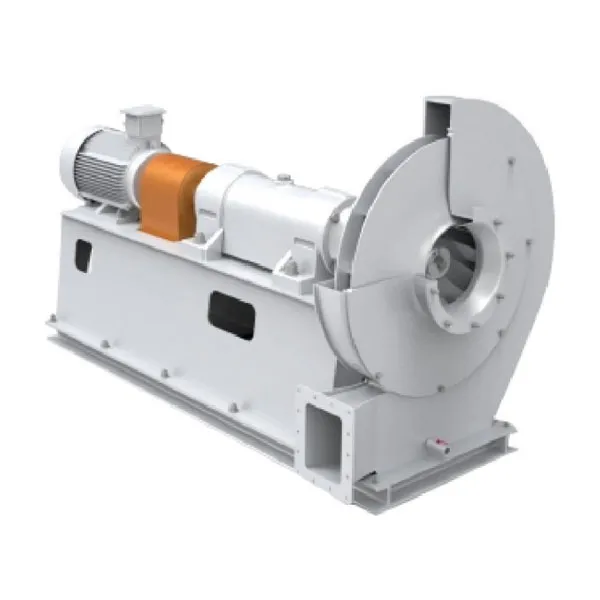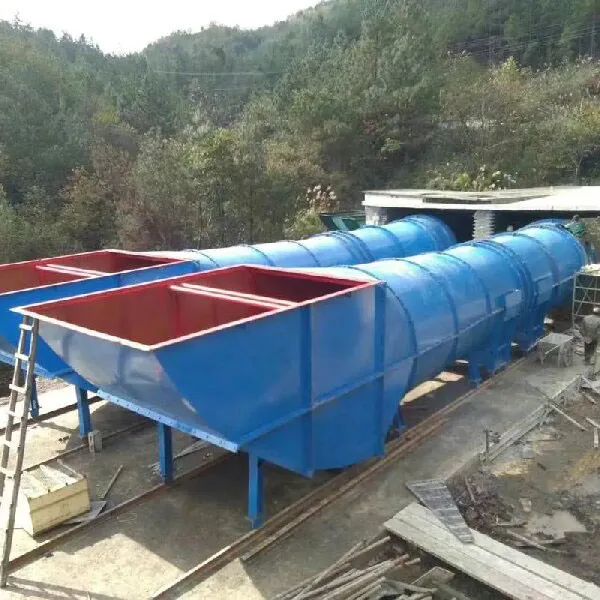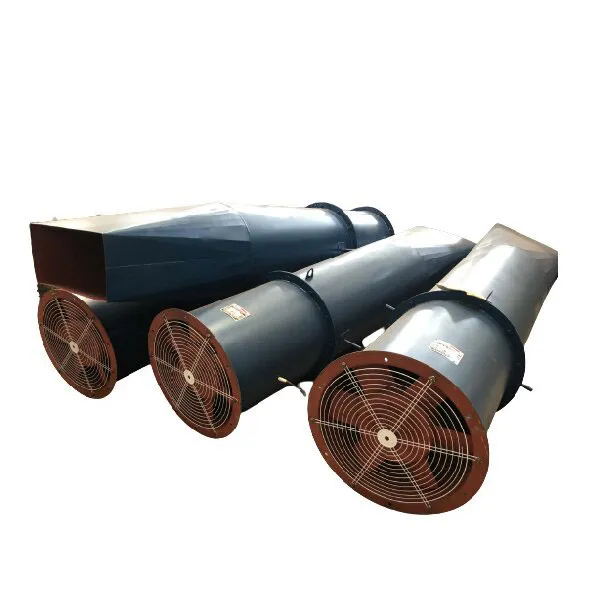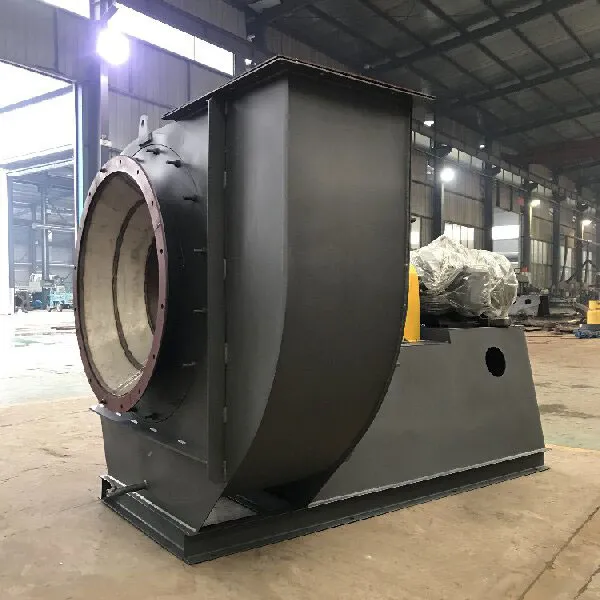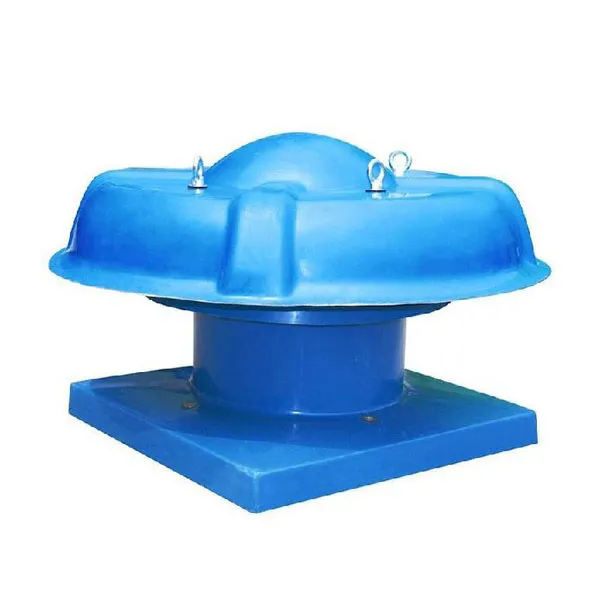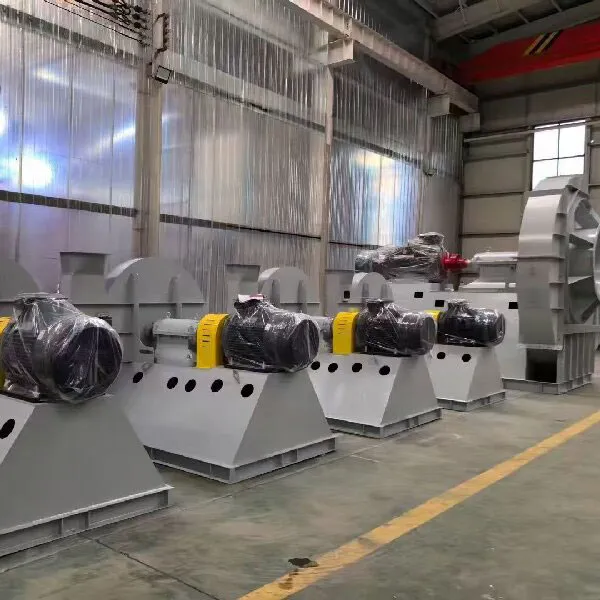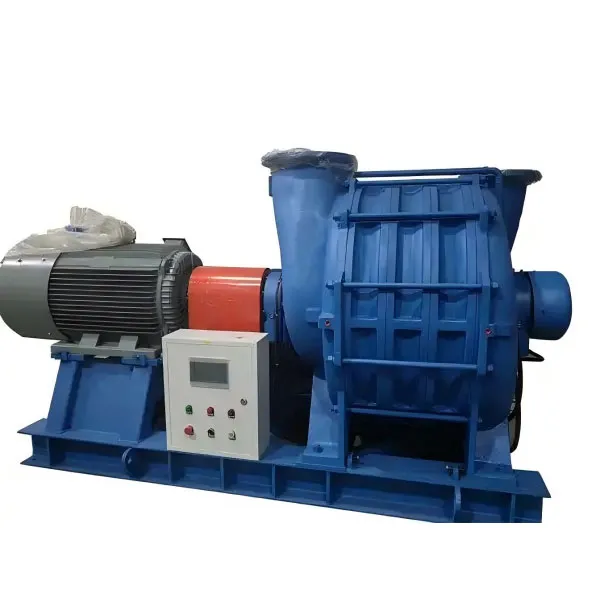*-=-*h1#-=-#Understanding High-Temperature Resistant Fans in Industrial Applications*-=-*/h1#-=-#*-=-*p#-=-#High-temperature resistant fans, often overlooked, can be crucial for industrial environments where maintaining air circulation under extreme conditions is necessary. This article delves into the practical aspects of using such fans, drawing from real-world experiences and challenges faced in the field.*-=-*/p#-=-#*-=-*h2#-=-#Introduction to High-Temperature Resistant Fans*-=-*/h2#-=-#*-=-*p#-=-#You'd be surprised how often high-temperature resistant fans are misunderstood. Many folks assume these fans are merely robust variations of standard fans, but there's far more nuance. They are engineered to withstand and operate efficiently in temperature extremes that would cripple standard models. This often involves considering not only the materials used but also the specific designs that can handle the stress caused by high heat.*-=-*/p#-=-#*-=-*p#-=-#One common assumption is that all high-temperature fans can be used interchangeably across different environments. The truth is, every application demands its unique criteria. For example, in mining—a sector heavily reliant on airflow—high-temperature fans must battle not just heat but often abrasive environments. According to Zibo Hongcheng Fan Co., Ltd. (https://www.hongchengfan.com), which specializes in a variety of industrial fans, these conditions necessitate carefully selected specifications tailored to each use case.*-=-*/p#-=-#*-=-*p#-=-#When working in environments like smelting or chemical processing, mere resistance isn't enough; fans must also demonstrate durability against potential chemical corrosion. That's where materials like stainless steel become indispensable. In an instance I observed at a plant, a fan's failure—due to overlooking corrosion resistance—halted operations for nearly 48 hours, underscoring the cost of oversight.*-=-*/p#-=-#*-=-*h2#-=-#Challenges in Implementation*-=-*/h2#-=-#*-=-*p#-=-#The devil truly lies in the details. Choosing a high-temperature resistant fan isn't just about ticking boxes on a spec sheet. The installation site plays a huge role in deciding which model is appropriate. A colleague once shared a peculiar case involving a mining operation where airflow directionality was critical to safety—something an off-the-shelf model didn't address.*-=-*/p#-=-#*-=-*p#-=-#High-heat conditions can also accentuate wear and tear, leading to quicker degradation if not properly managed. Therefore, regular maintenance becomes non-negotiable, a fact sometimes underestimated. Zibo Hongcheng Fan Co., Ltd., with its extensive range of fans, stresses the importance of adhering to a strict upkeep schedule to prolong the operational lifespan of their products.*-=-*/p#-=-#*-=-*p#-=-#Then there's the issue of energy efficiency. Operating fans at high temperatures—the task is taxing enough without adding inefficient energy use into the mix. It's a balance between maintaining a robust cooling strategy and ensuring the system isn't bleeding resources excessively.*-=-*/p#-=-#*-=-*h2#-=-#Real-World Applications*-=-*/h2#-=-#*-=-*p#-=-#In practical terms, high-temperature resistant fans are indispensable in several key sectors. Mining operations often highlight these fans' utility, where a stable air supply is vital under harsh underground conditions. Fans specifically designed for such rugged use, like those from Zibo Hongcheng Fan Co., Ltd., have become industry staples.*-=-*/p#-=-#*-=-*p#-=-#Another relevant example comes from the processing industries. Ensuring worker safety and maintaining equipment longevity in furnace or kiln operations often continues as a primary concern. High-temperature fans not only help in cooling processes but also in controlling emissions, doubling the utility.*-=-*/p#-=-#*-=-*p#-=-#Occasionally, though, even the best plans can falter. I recall an instance where a processing plant failed to calibrate fan speeds appropriately, leading to uneven cooling and, eventually, a costly shutdown. Such scenarios serve as poignant reminders of the importance of close monitoring and fine-tuning in live environments.*-=-*/p#-=-#*-=-*h2#-=-#Technical Considerations and Materials*-=-*/h2#-=-#*-=-*p#-=-#When discussing the high-temperature resistant fan, materials are often the critical element. Metals like titanium and specialized alloys can offer the needed heat resistance, but this involves trade-offs given their cost implications. The experience lies in knowing where to draw these lines—balancing budget with operational requirements.*-=-*/p#-=-#*-=-*p#-=-#Attention also needs to be drawn to ventilation paths and fan placement. Poor alignment can nullify a fan’s efficacy, akin to having an open window in a climate-controlled room. This might seem elementary, but it's a repetitive issue even experienced engineers might underestimate.*-=-*/p#-=-#*-=-*p#-=-#I'm reminded of a consultation I attended where a simple repositioning of fans inside a smelting facility improved airflow dynamics substantially, reducing temperature hotspots that had been a chronic operational bottleneck.*-=-*/p#-=-#*-=-*h2#-=-#Future Trends and Considerations*-=-*/h2#-=-#*-=-*p#-=-#The future of high-temperature resistant fans likely lies in further integration with smart technologies. The advent of IoT allows for unprecedented tracking and efficiency monitoring, facilitating predictive maintenance and minimizing sudden failures.*-=-*/p#-=-#*-=-*p#-=-#As sustainability goals tighten, the industry pushes towards not just durability in extreme conditions but also minimizing environmental impact. This means a future where high-temperature resistant fans might increasingly adopt hybrid designs, aiming for lower carbon footprints without sacrificing core functionalities.*-=-*/p#-=-#*-=-*p#-=-#Firms like Zibo Hongcheng Fan Co., Ltd. are already laying the groundwork with their extensive product range and expertise, paving the way for more adaptive and environmentally-conscious solutions. As this space continues to evolve, staying updated with technological advancements will be crucial for anyone in the industry.*-=-*/p#-=-#*-=-*br/#-=-#









